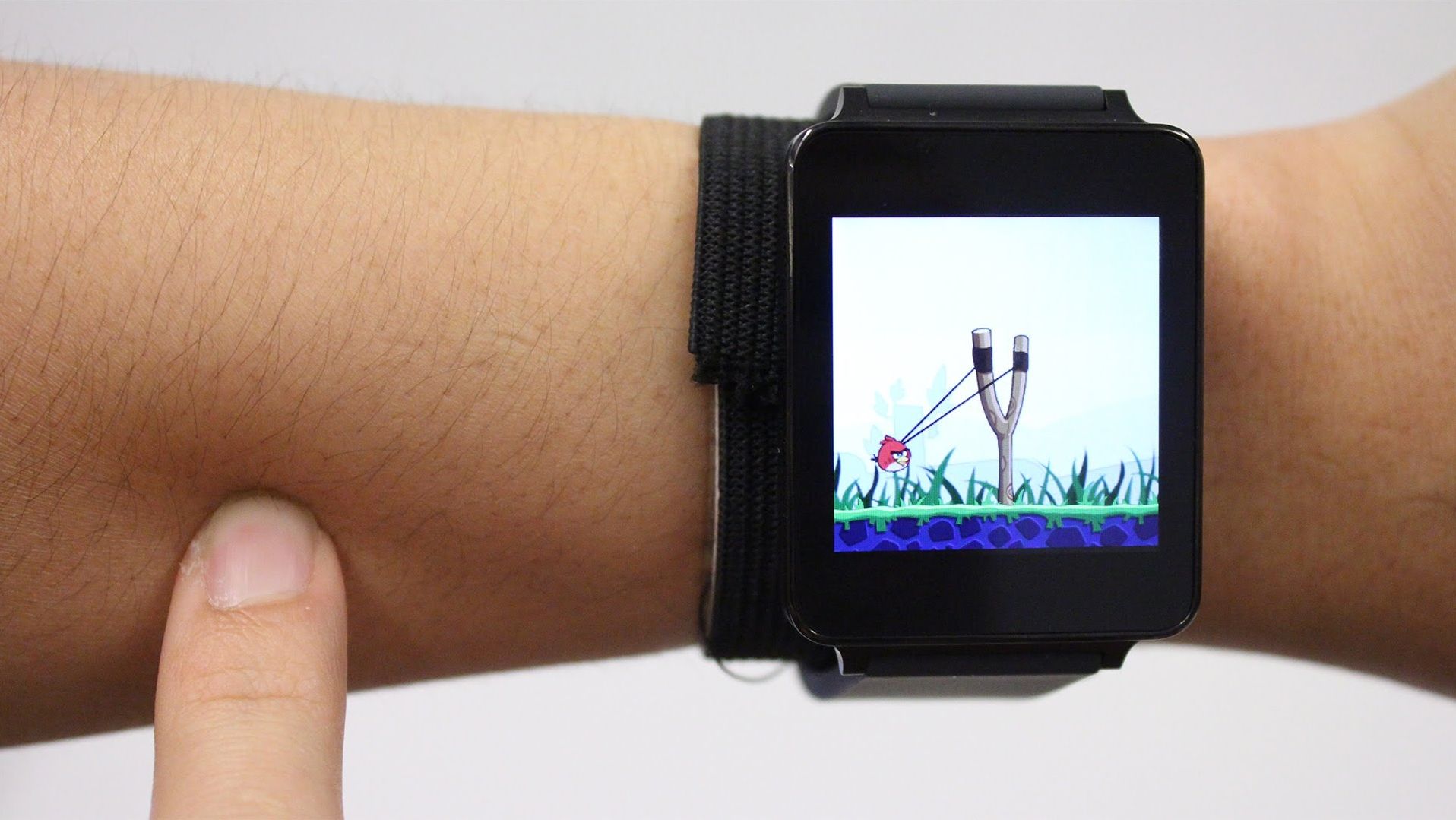Interesting approach.
If you’re at all interested in your health, it’s likely you’ve joined the 20 percent of Americans who’ve incorporated fitness trackers into their daily ensemble. From monitoring steps and daily activity to sleep, an ever-growing number of devices are tracking and analyzing our body’s data in an effort to make us better.
But how good is this tracking? Despite noble intentions, the scientific reality is that much of the data these trackers provide is insufficient and inaccurate — and in turn, are not as effective as they promise.
This is especially true when it comes to sleep. Sleep scientists have looked at sleep wearables, like Fitbit and Jawbone, with skepticism — and for good reason. While the devices claim to monitor and help you sleep, scientific precision isn’t guaranteed.







